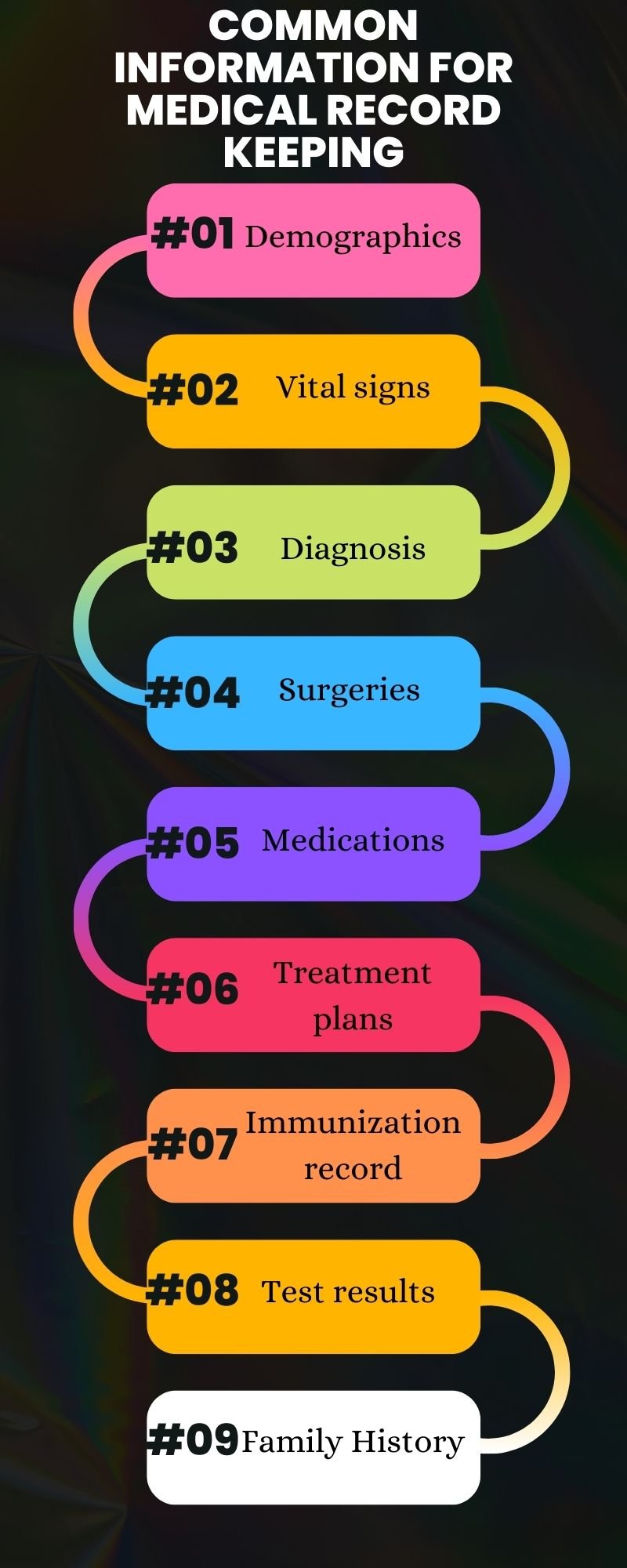If you have worked in the healthcare industry, you have most likely interacted with patient medical records. Many, if not most, healthcare providers have switched to electronic medical records to house patient documents. However, some facilities are still wondering whether switching to electronic means over paper charts really makes a difference. Some new practices opt to start with paper and transition to electronic. We believe that sticking with paper charts could be a mistake though, whether you are just starting out or have been running your account for a long time. There are 8 key differences between paper charts vs. electronic medical records that make all the difference.
The Breakdown:
- Electronic medical records provide numerous benefits that charts cannot match.
- Paper charts can slow you down and contribute to mistakes.
- EMR will continue to improve over time.
What Are Paper Charts and Electronic Medical Records?
Everyone has medical records. This is how doctors keep track of who you are and past treatment. There are two main types of ways to catalog and store this information.
Paper Charts:
These medical records of a patient are recorded on paper and filed away for future use. Paper charts may be stored in a lockbox, vault, or most likely, a filing cabinet. Healthcare staff fill out these paper charts by hand and update them by hand. A time-consuming process. If paper charts need to be sent to a different practice or department, they are usually sent by fax. Paper charts
Electronic Medical Records (EMR):
EMR systems contain the same data on paper charts (possibly more) and store this file digitally. These files can be accessed remotely, sent through email, encrypted, and more depending on the software. EMR systems store data on remote servers.
Both of these systems are responsible for the record-keeping of a patient. Some of the typical duties of an EMR or paper charts would be:

What are the Differences Between Paper Charts vs Electronic Medical Records?
While paper charts are still used to this day, they cannot perform some of the same functions as EMR. Here are some of the key differences between
Better Communication Between Practices and Staff
EMRs provide better communication between staff as documents can be sent and received in seconds. You can easily make copies with a couple of clicks and securely store or audit this data. Paper charts require that they be mailed, hand-delivered, or faxed to other staff or practices. Time is wasted trying to send or search for documents rather than just communicating electronically. EMR can also enable live chat features between physicians or practices with a simple click of a button. Patients can receive the care they need more quicker, and doctors can focus on tasks that help their patients rather than paperwork.
Additional Reading: The Pros and Cons of EMR Implementation
Better Control and Security
Most paper charts are stored in a filing cabinet with some sort of security measure. There are several negative to this approach:
- It’s much harder to track when a document is accessed.
- You need ample physical storage space for backups and copies.
- Reaching these documents can slow down treatment times for patients.
EMR software solutions solve most of these problems. You can create multiple backups of digital and store them on encrypted remote servers. This saves you the hassle of having to find physical documents and saves on physical space. You can create custom protocols for accessing documents. EMR software can also automatically record when someone accesses a document, which you can later audit. Finally, staff can access these documents at a computer with a simple search, rather than sifting through a filing cabinet.
Remote Access
When it comes to paper charts vs electronic medical records, there is a clear winner when it comes to remote access. This is becoming increasingly important as remote telehealth has shown staying power. EMR provides both doctors and patients the ability to access health records with ease.
Additional Reading: Your Guide to Telehealth Solutions
Create Backups of Data with Ease
When it comes to paper charts, you have to manually copy each paper in a copy machine. Depending on the size, this can take several minutes. EMRs allow you to make copies with a couple of clicks. Most EMR systems will allow you to set automatic backups as well. You can do this as much as you’d like, whether that be every hour, every day, or every week.
Easy-to-Read Text
With EMR, you can adjust text sizes or enlarge the screen to better see the information. Not only is this helpful for staff, but older or disabled patients as well. Paper charts don’t provide these accessibility features. You don’t have to rely on hard-to-read handwriting anymore.
Additional Reading: 5 Key Differences Between Practice Management System vs EMR
Pre-fill Items or Use Drop-Down Menus
EMRs can create templates to help save time on diagnosing and tracking patients. You can also customize pre-filled information and use drop-down menus to select symptoms. Paper charts, even under the best circumstance, still require you to write out everything by hand.
Synchronous Updates
One of the best features of EMR is its ability to update changes to patients' documents across devices and departments. For instance, a specialist could update your patient records and make notes, which your primary care provider would also be able to see before your next visit. This can be done even in real time because of cloud storage.
With paper charts, it usually takes multiple copies of documents sent back and forth between offices. This can lead to missed communication which can have serious repercussions for patients.
Catch Errors
Some EMR software has the ability to catch mistakes or errors on documents. Whether that be misspelled words or unchecked boxes, the software will notify the nurse or patient conducting the exam before closing the document. Paper charts won’t help you catch these mistakes.
Which is Better for Medical Practices? Paper Charts vs. Electronic Medical Records.
Almost all healthcare facilities would benefit more from using EMR technology. It provides:
- Better communication
- Better security
- More features
- Easy collaboration between departments or practices
Paper charts, while good during a specific time period, are inferior compared to today’s technology. If you are looking for EMR software, we can help. 360Connect helps companies find EMR software every day! All you need to do is fill out our 1–2-minute form and we’ll contact you to verify your information. From there you can kick back as up to 5 free quotes are sent your way!

